Is Kayaking Dangerous? The 16 Dangers of Kayaking
Water sports are popular among individuals seeking adventure, excitement, and relaxation. While these activities can be fun, they can also be extremely dangerous, as there are many risks associated with them that cannot be ignored.
One activity is kayaking, which is often considered a peaceful and calm way to enjoy the water. So, is kayaking dangerous?
Kayaking can be dangerous for inexperienced kayakers or those who don’t take proper safety precautions. To make kayaking safer, you must always wear a personal flotation device (PFD), plan your route, check the weather and water conditions before your trip, and avoid paddling alone.
Keep reading to learn more about all the dangers associated with kayaking and what you can do to avoid them.
Table of Contents
Is Kayaking Dangerous?

Even though kayaking is often considered a leisurely relaxing activity, it can still be dangerous, especially for inexperienced kayakers, as there are many risks associated with this water sport, and some of those risks are difficult to predict, let alone avoid.
However, by being aware of the dangers involved and taking proper safety measures, you can minimize the risk and ensure your kayaking experience will be safe and enjoyable.
Perceived Danger vs. Actual Danger
Before I explain what are the dangers of Kayaking, we need to explain two different types of danger; perceived danger and actual danger.
Perceived danger is the level of risk an individual perceives when participating in an activity. It can be influenced by personal experience, skill level, and other factors.
Actual danger, on the other hand, refers to the real level of risk in an activity, regardless of what an individual perceives it to be.
While some may perceive kayaking as a relatively safe and leisurely activity, there are inherent risks that can make it dangerous, especially in certain conditions. Therefore, it is important to recognize both perceived and actual danger and take necessary safety measures while kayaking to minimize the risks.
Can You Actually Die While Kayaking?
It is possible to die while kayaking, as it can be dangerous, especially when proper safety precautions are not taken or when paddling in hazardous conditions.
According to the US Coast Guard, there were 99 kayaking-related deaths in 2020, and 184 non-fatal accidents were reported. These may seem like shocking numbers, but if you look at them in comparison to other activities, Kayaking is not actually that dangerous.
Check out this very interesting graph:

Those numbers put your risk of death at 1 in 10,000, which is far lower than other very popular activities like driving, which has a risk of death of 1 in 6,700. Meaning, Kayaking is safer than driving.
Kayaking is almost 1.5x safer than driving.
The Dangers of Kayaking and How to Avoid Them

As mentioned before, it’s important to be aware of the dangers involved in kayaking in order to take proper precautions and avoid them.
So, let’s break down each one of those dangers and what you can do to avoid them.
1. Inadequate Gear and Equipment
Wearing inadequate safety gear or using damaged kayaks can increase the risk of accidents, such as capsizing and drowning.
For instance, Personal Flotation Devices (PFDs) can fail due to various reasons such as improper fit, damage, or wear and tear.
If your PFD fails during kayaking, it is crucial to replace it immediately with a properly functioning one. It is also recommended to have a spare PFD on hand and to regularly test and inspect all PFDs before use to ensure that they are in good condition.
Additionally, it’s important to ensure that your kayak is undamaged and appropriate for the specific kayaking activity and environment.
2. Inexperience
Kayaking without experience can be dangerous because it increases the risk of accidents and injuries.
For instance, inexperienced kayakers may not have the necessary skills or knowledge to navigate different water conditions, identify hazards, and respond to emergencies.
To gain more experience with kayaking, it is recommended to start with basic techniques and skills in a calm and safe environment under the guidance of an experienced instructor.
You can take kayaking classes or join a local kayaking club, so you’ll have the opportunity to learn from experienced kayakers and gain more experience.
Also, gradually increasing the difficulty of your kayaking trips and water conditions can help build your skills over time.
Check out my post that discusses whether you can learn kayaking by yourself here for a complete guide on how to go from a newbie to a pro in Kayaking in no time in different ways.
3. Intoxication
Kayaking while intoxicated can be dangerous because it impairs judgment, coordination, and reaction time, increasing the risk of accidents, injuries, and drowning.
It can also make it difficult to recognize and respond to changing water and weather conditions or other hazards.
In many places, operating a kayak under the influence of drugs or alcohol is illegal and may result in fines, legal consequences, and even imprisonment.
These laws and regulations vary by jurisdiction, so it is important to research and follow local rules and regulations before kayaking.
In general, it is recommended to avoid alcohol or drugs when kayaking and to prioritize safety by always wearing proper safety gear and staying alert and aware of surroundings.
4. Severe Weather and Water Conditions
Paddling in severe weather and water conditions is very risky for kayakers of all skill levels.
For instance, strong winds, thunderstorms, and heavy rain can create choppy and unpredictable water, which could make it harder to maneuver a kayak, while cold water and waves can increase the risk of hypothermia and exhaustion.
To avoid this, check weather and water conditions before heading out and bring appropriate equipment, such as a bilge pump or spray skirt, to handle changing water and weather conditions.
5. Wildlife
Kayaking near wildlife, such as alligators, sharks, and other large predators, can be dangerous to kayakers as there’s a significant risk of attack or injury if the animals feel threatened. Smaller animals like beavers and otters can also cause damage to kayaks and paddles.
To be safe when kayaking near wildlife, you need to be aware of the animals in the area and avoid paddling too close to wildlife, especially if they have young.
Additionally, it is important to properly store food and trash to avoid attracting animals to the kayaking area.
If an animal approaches your kayak, you must remain calm and avoid making sudden movements or loud noises that could startle or provoke the animal.
6. Hypothermia
Hypothermia is a potentially life-threatening condition that can occur when the body loses heat faster than it can produce heat, causing a dangerous drop in body temperature. It can be particularly dangerous for kayakers as they are often exposed to cold water and wind.
Symptoms of hypothermia include shivering, fatigue, confusion, and loss of coordination, and if left untreated, can lead to loss of consciousness, organ failure, and death.
To avoid hypothermia while kayaking, it is important to dress appropriately for the conditions, wearing warm layers and waterproof gear to protect against wind and water. It is also important to stay dry, as wet clothing can cause heat loss.
Additionally, you need to be aware of the signs of hypothermia and take action to warm up as soon as symptoms occur, such as getting out of the water, changing into warm, dry clothes, and seeking shelter if possible.
7. Physical Injury
Kayakers can get physically injured in various ways, such as hitting submerged objects or rocks, falling out of the kayak, or overexertion leading to muscle strains.
These physical injuries can be dangerous because they can impair the kayaker’s ability to stay afloat, make it more difficult to reach safety, or cause other medical issues.
To avoid physical injuries while kayaking, you must wear appropriate safety gear, including a properly fitted PFD, helmet, and footwear. You can check out my recommendations for the best shoes for kayaking here.
It’s also important to ensure adequate training and experience to navigate different water conditions and use proper paddling techniques to avoid strain on the body.
8. Sunburns and Heatstrokes
Prolonged exposure to the sun can cause kayakers to suffer from sunburns and heatstroke, which can lead to dehydration, fatigue, dizziness, and even fainting. In the long run, prolonged exposure to the sun and heat can also lead to long-term skin damage and increase the risk of skin cancer.
To avoid sunburn and heatstroke, kayakers should wear protective clothing, use sunscreen, stay hydrated, and take breaks in the shade or indoors when the sun and heat are at their highest.
It’s also important to be aware of the signs of heat exhaustion and heatstroke and seek medical attention if symptoms appear.
9. Exhaustion
Kayaking requires significant physical effort, including paddling, bracing, and navigating rough waters. This can lead to exhaustion, impairing your judgment, reaction time, and decision-making abilities, making it dangerous to continue kayaking.
To avoid the danger of kayaking while exhausted, make sure to rest when needed, take breaks, stay hydrated, and maintain a steady pace that you can sustain throughout the trip. It is also important to listen to your body and recognize the signs of exhaustion, such as muscle fatigue, dizziness, and slowed reaction times.
10. Dehydration
Paddling in the sun or hot temperatures can lead to dehydration, which can cause dizziness, confusion, and other symptoms that can impair your judgment.
To avoid dehydration while kayaking, it’s important to drink plenty of water before and during the trip, even if you don’t feel thirsty.
It’s also a good idea to bring electrolyte replacement drinks or snacks to help replenish fluids and minerals lost through sweating and avoid alcohol and caffeinated beverages, as they can contribute to dehydration.
11. Submerged Obstacles (Strainers, Sweepers, Undercut Rocks)
Various obstacles in the water can be dangerous to kayakers.
For example, strainers are tree branches or logs that allow water to pass through, but not solid objects like kayaks or people, while sweepers are low-hanging branches or bushes that can sweep kayakers off their boats.
Both obstacles can be dangerous because they can trap kayakers, causing the kayak to capsize or become pinned underwater.
Another example is undercut rocks, which have eroded to form a small cavern or overhang underneath them.
These rocks can be dangerous, especially in fast-moving water, because if you get trapped underneath the overhang, you will be pinned against the rock by the force of the water, which might lead to downing.
So, it’s essential to be aware of your surroundings and to look for signs, such as broken branches or unusual currents. If you spot any obstacle in the water, you should steer clear of it or, if possible, portage around it.
12. Other Vessels
Other vessels on the water, such as motorboats or jet skis, can create hazardous conditions and pose a significant risk of collision.
Moreover, kayakers may be difficult to see for other vessels, especially at night or in areas with high boat traffic, so they may not be able to quickly move out of the way of oncoming boats.
To avoid the danger of other vessels while kayaking, it is important to always be aware of your surroundings and make sure you are visible to other boats.
You can do that by wearing bright or reflective clothing, using a brightly colored kayak, and always carrying a whistle or other signaling device to alert other boaters of your presence.
Additionally, try to stay in designated kayaking areas or along the shoreline, and avoid crossing large bodies of water where there is heavy boat traffic.
13. Weirs and Dams
Weirs and low-head dams are man-made structures found in bodies of water designed to control water flow, but they can be extremely dangerous for kayakers.
The danger of weirs and low-head dams lies in the strong currents they create, which can pull kayakers toward them and keep them trapped in a dangerous cycle known as a “hydraulic” or “keeper” wave. Once caught, it can be difficult for you to escape, resulting in injury or even death by drowning.
To avoid weirs and low-head dams while kayaking, it’s important to be aware of their locations. Many weirs and low-head dams have warning signs, buoys, or barriers to mark the danger zone and prevent boaters from entering, so you need to pay attention to these warning signs and avoid the area.
14. Capsizing
Capsizing can occur when a kayaker loses balance causing the kayak to overturn, leading to potentially dangerous situations, such as falling into the water or having your kayak filled with water.
To avoid capsizing, it is important to have proper training and experience in kayaking, choose appropriate water conditions for your skill level, wear a properly fitted life jacket, and secure your gear and equipment.
If your kayak capsizes, the first thing to do is to try to stay calm and stay with your kayak. Depending on the situation, you may be able to get back into your kayak and continue paddling. However, if the situation is more serious, you may need to swim to shore or signal for help.
Check out the following videos to learn how to get back into your kayak quickly and easily:
15. Getting Lost
Getting lost while kayaking can be dangerous because it can lead to disorientation, exhaustion, dehydration, and exposure to harsh weather conditions, which increases the risk of capsizing and other accidents.
To avoid getting lost while kayaking, familiarize yourself with the area and its landmarks, plan your route in advance, and carry a map or a navigation device. You can check out my recommendations for the best kayak compasses here.
Additionally, it is a good idea to inform someone of your planned route and expected time of return so that they can take action if you do not return as planned.
16. Drowning
The possibility of drowning while kayaking is a real risk, especially for those who are not strong swimmers or do not have the necessary skills to handle emergencies.
However, it’s important to note that even experienced swimmers can drown if trapped or injured while kayaking.
While knowing how to swim is important, it’s not necessarily a requirement for kayaking as long as you take the necessary precautions and stay within your limits.
Still, it’s always a good idea to take swimming lessons and gain confidence in the water, as it can help you feel more comfortable and confident while kayaking.
To avoid drowning while kayaking, it’s crucial to always wear a properly fitting personal flotation device (PFD), avoid going out in conditions that are beyond your skill level or equipment capabilities, and let someone know where you are going and when you expect to return so that they can raise the alarm if you fail to do so.
If you do capsize or find yourself in the water, the most important thing to do is stay calm and keep your head above water while you regain your bearings.
If you’re wearing a PFD, it will help keep you afloat until rescue arrives, but you should still try to swim to the nearest shore if possible.
It’s also a good idea to practice self-rescue techniques, such as re-entering your kayak or swimming with it to shore in a controlled environment to be better prepared in an emergency.
Conclusion
Kayaking is an exciting and rewarding way to explore waterways, but it’s important to acknowledge the potential dangers that come with the sport. From improper gear and equipment to severe weather conditions, there are many factors that can put kayakers at risk.
However, with proper precautions and enough experience, kayaking can still be a safe and enjoyable activity.
Kayak your way to Freedom
- On a budget? Check out the best fishing kayaks under $500 here and the best Fishing Kayaks under $1,000 here. Or Check the best Cheap Kayaks here.
- Going fishing? Here are the best Ocean fishing kayaks, and here are the best River Fishing Kayaks.
- You can also find the best Fly Fishing Kayaks here and the best Bass Fishing Boats here.
- A bit experienced? Check out the best modular kayaks here and the best tandem fishing kayaks here.
- Looking for something special? Check out my favorite Ducky kayaks here.
- Navigate your way with these awesome and beginner-friendly Kayak compasses.
- Going Hunting? These Duck hunting kayaks will give you an unfair advantage!
- Have a need for speed? These motorized kayaks will get you moving.
- Protect yourself from the sun with these Kayak shades, and make your kayak more comfortable with these Kayak seats.
- Keep your feet dry and warm with these superb Kayaking shoes.
- Going Kayaking in cold water? Stay warm with these Kayaking gloves.
- Paddle Less, Fish More with the Best Kayak Motors
- Looking to get a trolling motor on your kayak? Check out the best kayak trolling motor mounts here.
If you like this article, please share it or pin it, you can find the share buttons below. We will really appreciate it ❤️

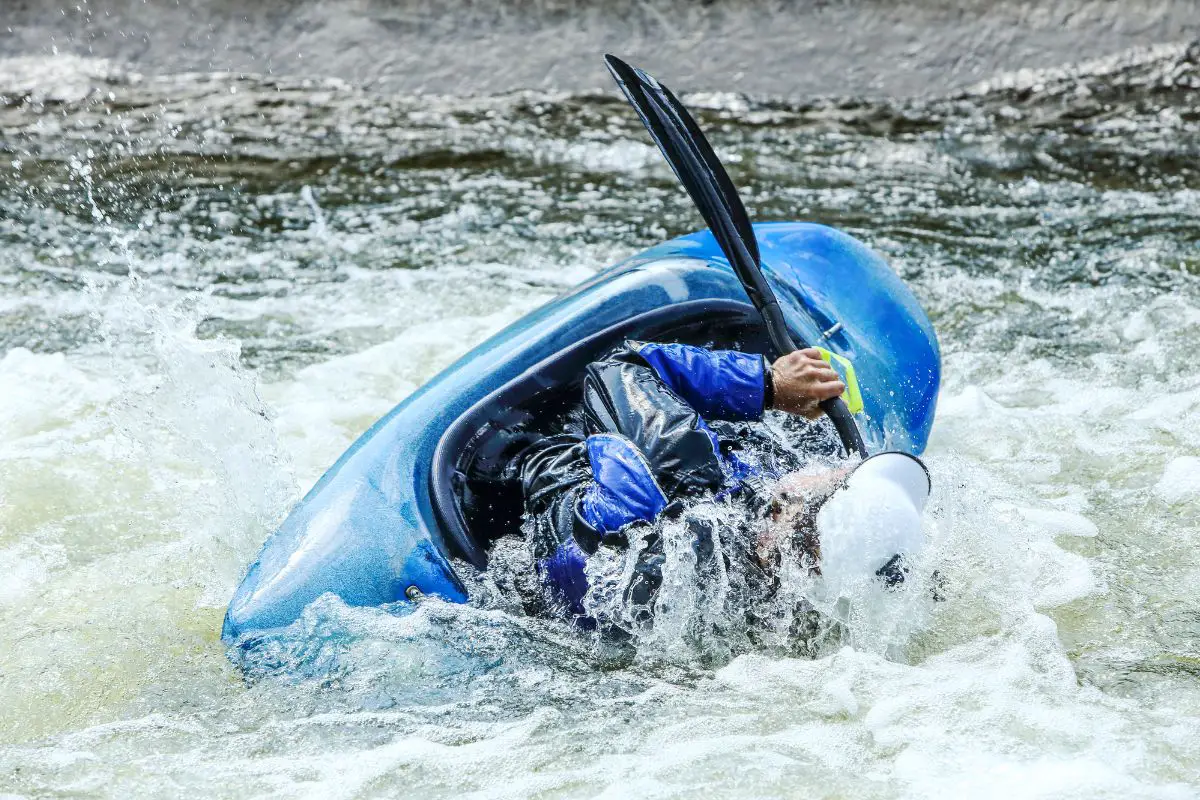
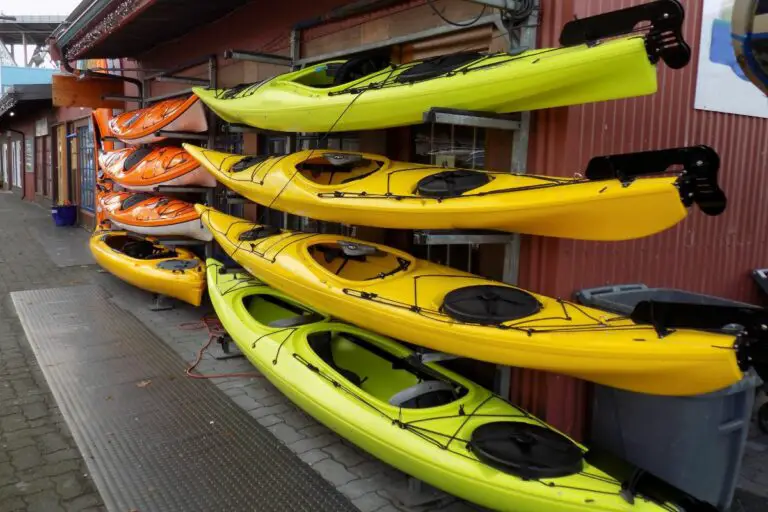
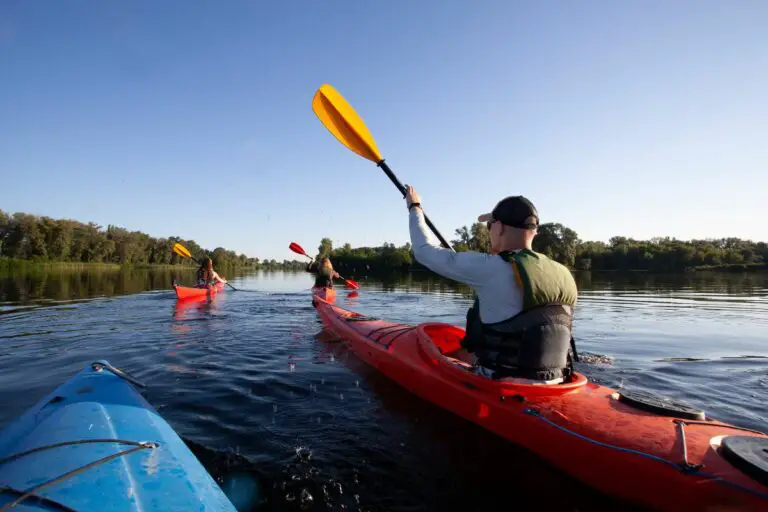
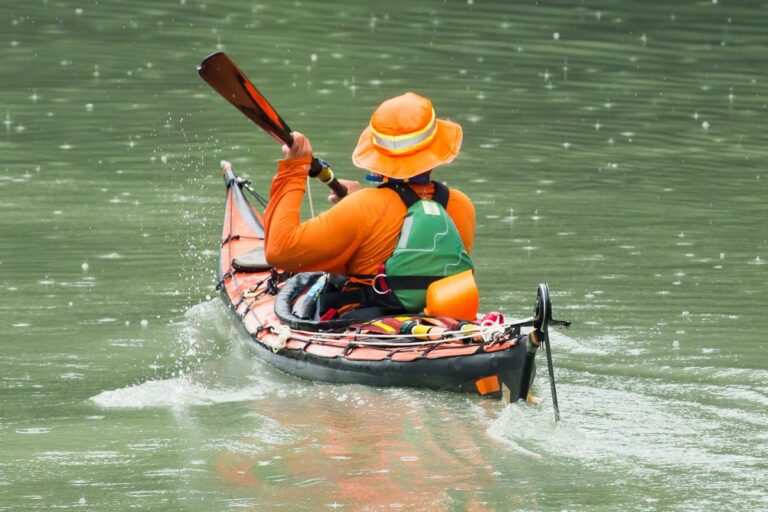
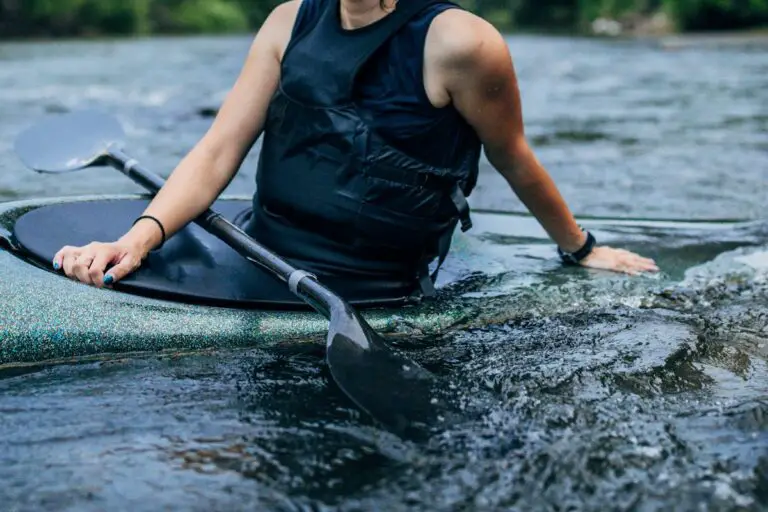
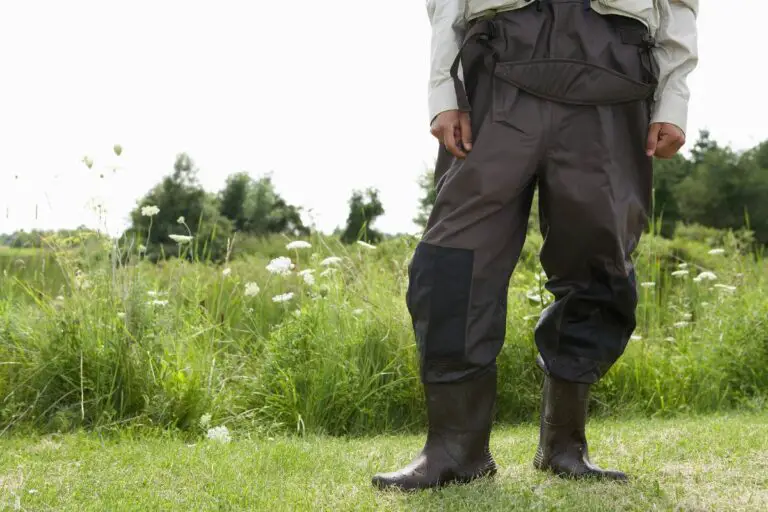
![The Best Kayaking Gloves in 2023 [After Testing Dozens]](https://outdoorskilled.com/wp-content/uploads/2023/04/kayak-gloves-768x512.jpg)
